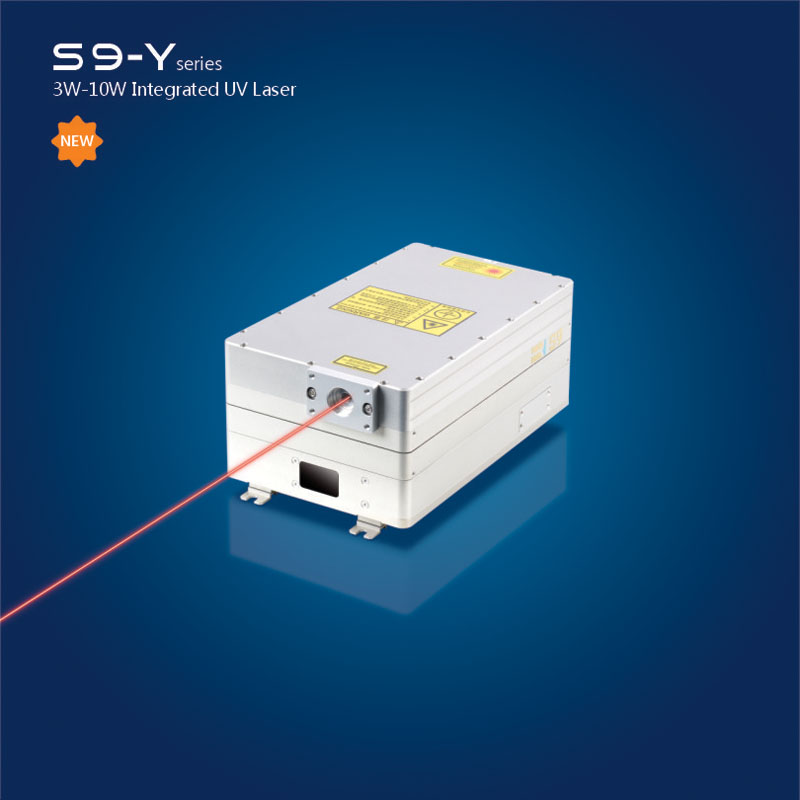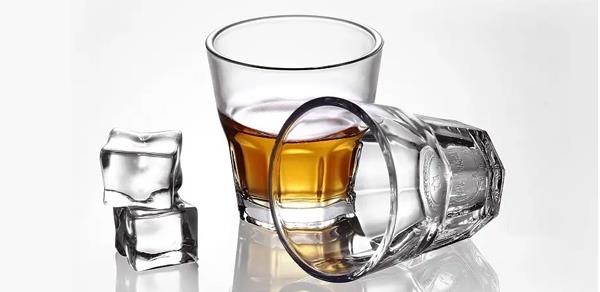
UV 레이저 소스는 유리, 세라믹, 웨이퍼, 석영 가공에 매우 일반적입니다.
Aug 12 , 2022UV 레이저 소스는 유리, 세라믹, 웨이퍼, 석영 가공에 매우 일반적입니다.
레이저 제조 기술은 레이저의 높은 에너지와 재료 사이의 물리적 상호 작용을 기반으로 하며 재료를 기화, 제거, 변형 등을 통해 재료 가공 효과를 얻습니다. 오늘날 레이저 가공은 모든 생활 분야에 빠르게 진입했으며 여전히 금속 재료 가공이 지배하고 있으며 전체 레이저 가공 응용 분야의 80% 이상을 차지합니다. 철, 구리, 알루미늄 및 이에 상응하는 합금과 같은 금속은 단단한 재료이기 때문에 레이저에 좋은 영향을 미치므로 레이저 가공에 적용하기 쉽습니다. 일부 일반적인 금속 레이저 절단 및 용접 응용 분야의 경우 해당 광 출력만 알면 되며 가공에 대한 연구 요구 사항은 그다지 엄격하지 않습니다.
그러나 실제로는 부드러운 재료, 열가소성 재료, 열에 민감한 재료, 세라믹 재료, 반도체 재료 및 유리와 같은 취성 재료와 같은 많은 비금속 재료가 생활 및 고급 제조에 사용됩니다. 이러한 소재를 레이저로 가공할 경우 빔 특성, 삭마 정도, 소재 손상 제어 등의 요건이 매우 까다로워 마이크로 나노 수준에서도 초미세 가공이 요구되는 경우가 많다. 일반적인 적외선 레이저로는 결과를 얻기 어려운 경우가 많으며 자외선 레이저가 매우 적합한 선택입니다.
자외선 레이저 기술은 다재다능합니다.
자외선 레이저는 출력 빔이 자외선 스펙트럼에 있고 육안으로는 보이지 않는 빛을 말합니다. 현재 일반적인 산업용 자외선 레이저에는 고체 결정 자외선 레이저와 기체 자외선 레이저가 포함됩니다. 자외선 레이저 출력은 적외선 전고체 레이저의 주파수를 2배로 하여 얻을 수 있으며 파장은 대부분 355nm이다. 현재 펄스 폭은 나노초에서 피코초로 성공적으로 개발되었습니다. 가장 일반적인 가스 UV 레이저는 엑시머 레이저로 주로 안과 수술, 칩 리소그래피 등에 사용될 수 있다. 최근에는 파이버 레이저가 자외선 대역에서 점차 제품을 개발하고 있으며 피코초 자외선 파이버 레이저가 가장 대표적이다.
Since ultraviolet lasers lose a lot of heat during frequency doubling conversion, and the cost is still high, it is still difficult to achieve higher power at present. Ultraviolet laser is often regarded as a cold light source, so ultraviolet laser processing is also called cold working, which is very suitable for the processing of brittle materials.
Common Brittle Materials Processing with UV Lasers
Glass is a material that is widely used in life. From water glasses, wine glasses, containers to glass accessories, pattern making on glass is often a difficult problem. Traditional processing often results in high glass damage rates. Ultraviolet lasers are very suitable for glass surfaces. Marking, pattern making, and can achieve ultra-fine production. Ultraviolet laser marking makes up for various shortcomings such as low processing accuracy, difficulty in drawing, damage to workpieces, and environmental pollution. With its unique processing advantages, it has become the new favorite of glass product processing, and is listed as a must-have in various wine glasses, craft gifts and other industries. machining tools.

Ceramic materials are widely used in construction, utensils, decorations, etc., but in fact ceramics also have many applications in electronic products. For example, some mobile phone merchants have launched ceramic back covers, which are widely used in mobile communication, optical communication, and electronic products. Ceramic ferrules, ceramic substrates, ceramic packaging bases, ceramic cover plates for fingerprint identification systems, etc. used. The production of these ceramic components is becoming more and more refined, and UV laser cutting is an ideal choice at present. Ultraviolet laser has very high processing precision for some ceramic sheets, will not cause ceramic fragmentation, and does not require secondary grinding for one-time forming, and will be more used in the future.
Ultraviolet laser wafer cutting: The surface of the sapphire substrate is hard, and it is difficult for the cutter wheel to cut it, and the wear is large, the yield is low, and the cutting line is larger than 30 μm, which not only reduces the use area, but also reduces the output of the product. Driven by the blue-and-white LED industry, the demand for sapphire substrate wafer cutting has increased significantly, which has put forward higher requirements for improving productivity and finished product pass rate. Ultraviolet laser cutting wafers can achieve high-precision cutting, smooth incisions, and greatly improve the yield.
Quartz cutting has always been a difficult problem in the industry. In the traditional processing method, the most commonly used is the "emery stone saw blade", that is, it is processed by the "head-to-head" method. Quartz is very brittle and difficult to process, and the diamond saw blade is the consumable.
Ultraviolet laser has an ultra-high precision of ±0.02mm, which can fully guarantee precise cutting requirements. In the face of quartz cutting, precise control of power can make the cut surface very smooth, and the speed is much faster than manual processing. All parameters can be displayed in full digital, and different parameters can be precisely adjusted by computer, which is more intuitive than accurate, and the difficulty of getting started is much lower than that of manual cutting.